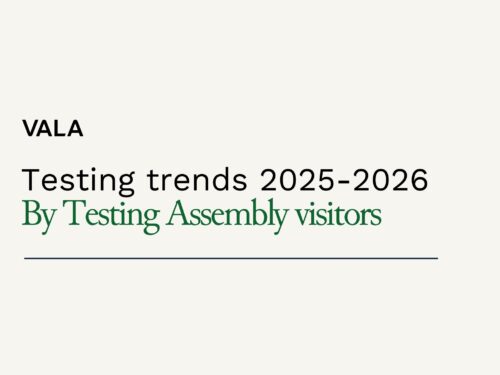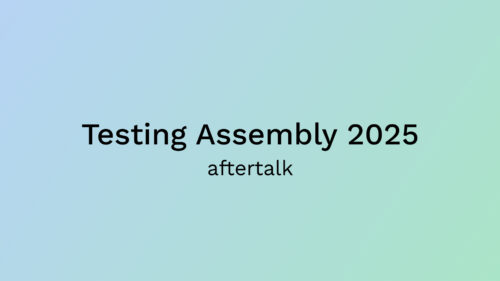AI’s impact on software testing – four important trends
07.08.2025

AI changes how we build software, and how we test it. Across projects and industries, we’re seeing how quality assurance becomes more important, more nuanced, and frankly, more interesting. Here’s how we’re thinking about the shifts underway (caused by AI, one way or another).

From clear logic to unpredictable outputs
Software used to be something we could read, understand, and reason about. With AI systems, that’s no longer always the case. Instead of clear, traceable logic, we’re often dealing with outputs shaped by complex models, dynamic contexts, and sometimes randomness.
This means the role of QA is changing. It’s no longer about confirming what’s “correct” in a strict sense. Instead, it’s about building confidence in systems that can’t be fully explained. For example, the same input in a recommendation engine might produce different results depending on timing or user context. Tracing that back isn’t always possible – but understanding its behavior patterns is.
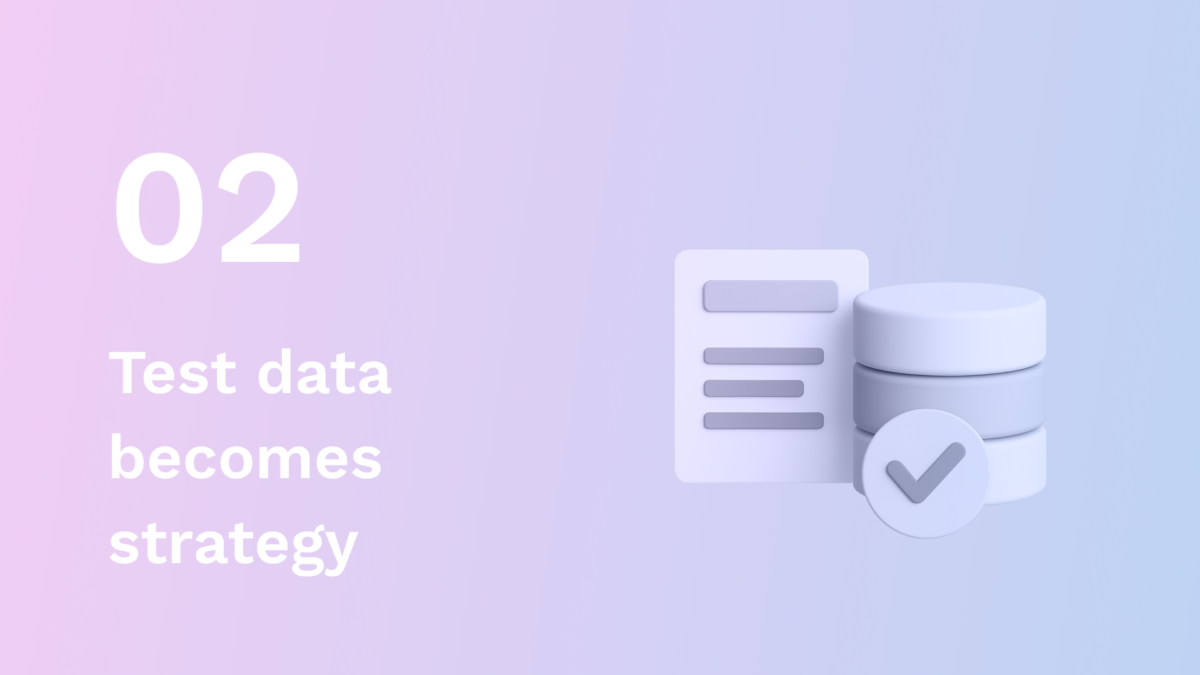
Test data: from afterthought to strategic asset
When AI is involved, the quality and diversity of your test data matter more than ever. It’s not enough to have clean, generic test sets. We need data that reflects the real world including its edge cases and anomalies, while respecting privacy and safety.
In many AI projects, preparing and managing this kind of test data is one of the most high-leverage activities in the entire QA process. In healthcare, for instance, even small variations in how symptoms are phrased can lead to very different outputs from diagnostic models. That’s why thoughtful, domain-aware data design is essential.
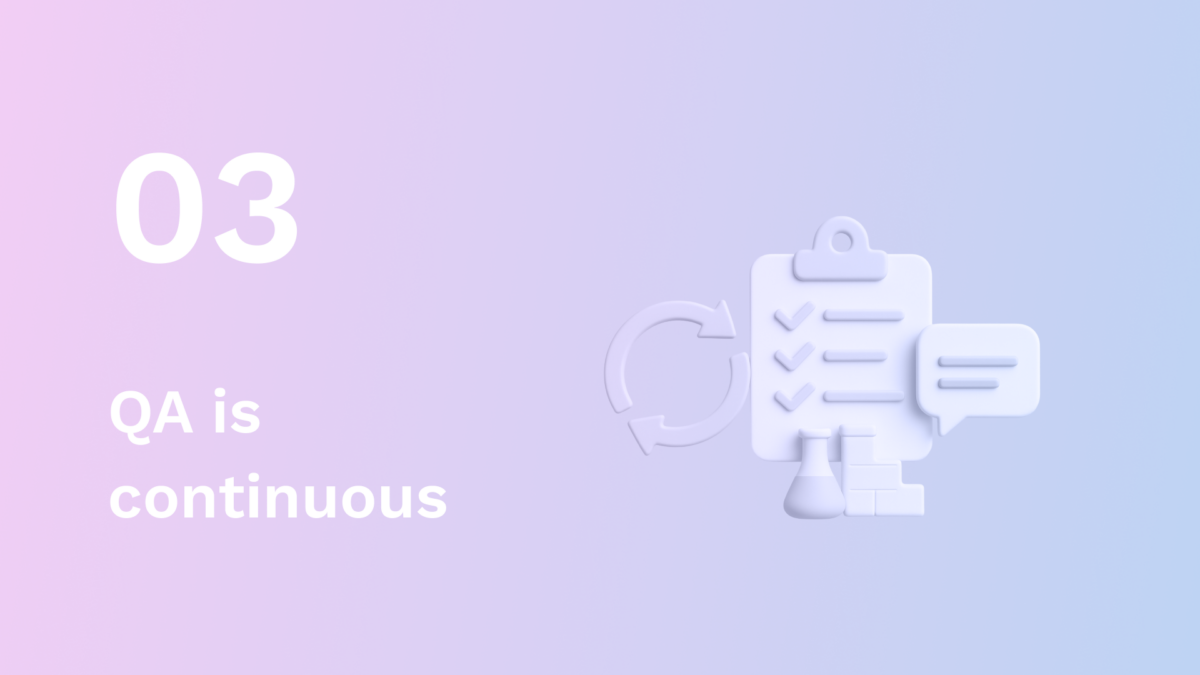
QA across the lifecycle, not just before release
The idea that testing is just a checkpoint before launch is outdated and AI makes the point even clearer. Today, quality starts early: questioning assumptions, reviewing design prompts, and looking for risks. And it doesn’t stop at release. It includes monitoring how systems behave in production and learning from their real-world usage.
For example, AI-powered tools can slowly drift in performance weeks after launch, due to changes in their upstream data. This is why feedback loops and continuous observation are now core parts of the QA toolkit.
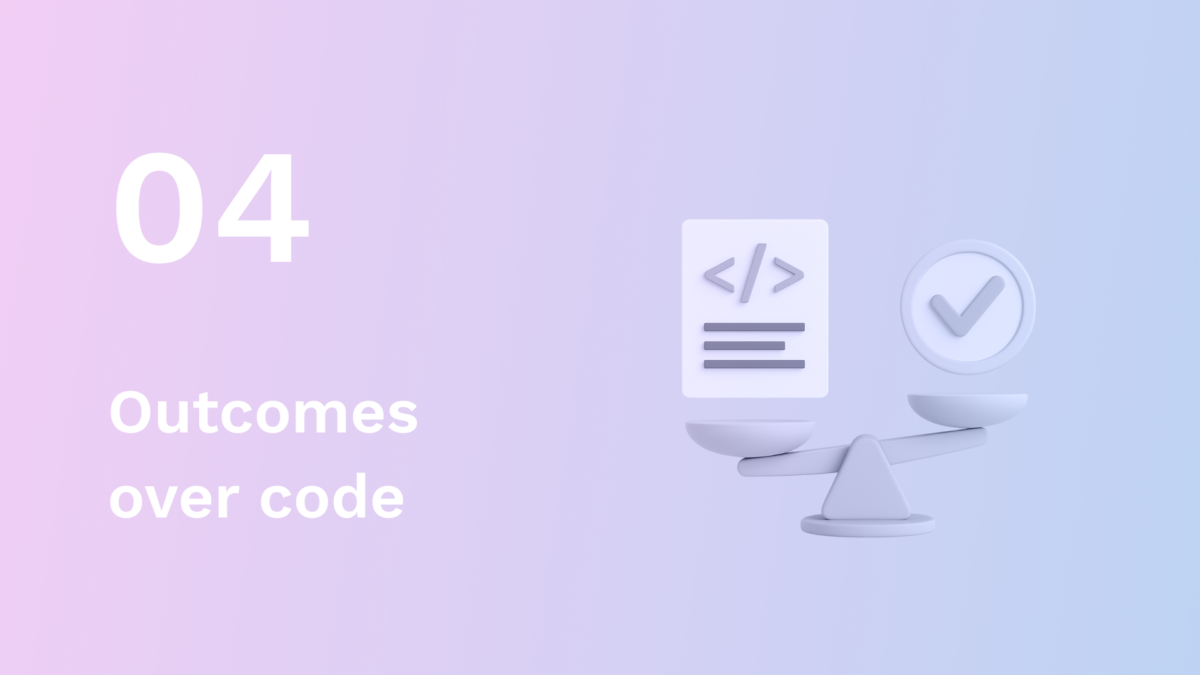
4. Knowing what (and who) to test for
As more software is generated or shaped by AI, QA becomes less about checking code and more about checking outcomes. It means thinking about usability, fairness, compliance, and reliability. It means asking: does this system behave appropriately for all the people it’s meant to serve, across the contexts where it’s used?
In the finance sector, for example, QA now includes ensuring that AI-generated insights on customer dashboards are not only accurate and understandable, but also compliant with strict regulations. That’s a bigger, broader responsibility and one that calls for collaboration, critical thinking, and a wider view of what “quality” means.
Our take at VALA
At VALA, we believe quality isn’t just in the product – it’s in the process, the people, and the decisions that shape it. AI doesn’t change that. If anything, it raises the bar. We’re here to help our clients and ourselves to adapt, learn, and lead with care.
- Blog |
- AI |
- QA |
- Testing trends

